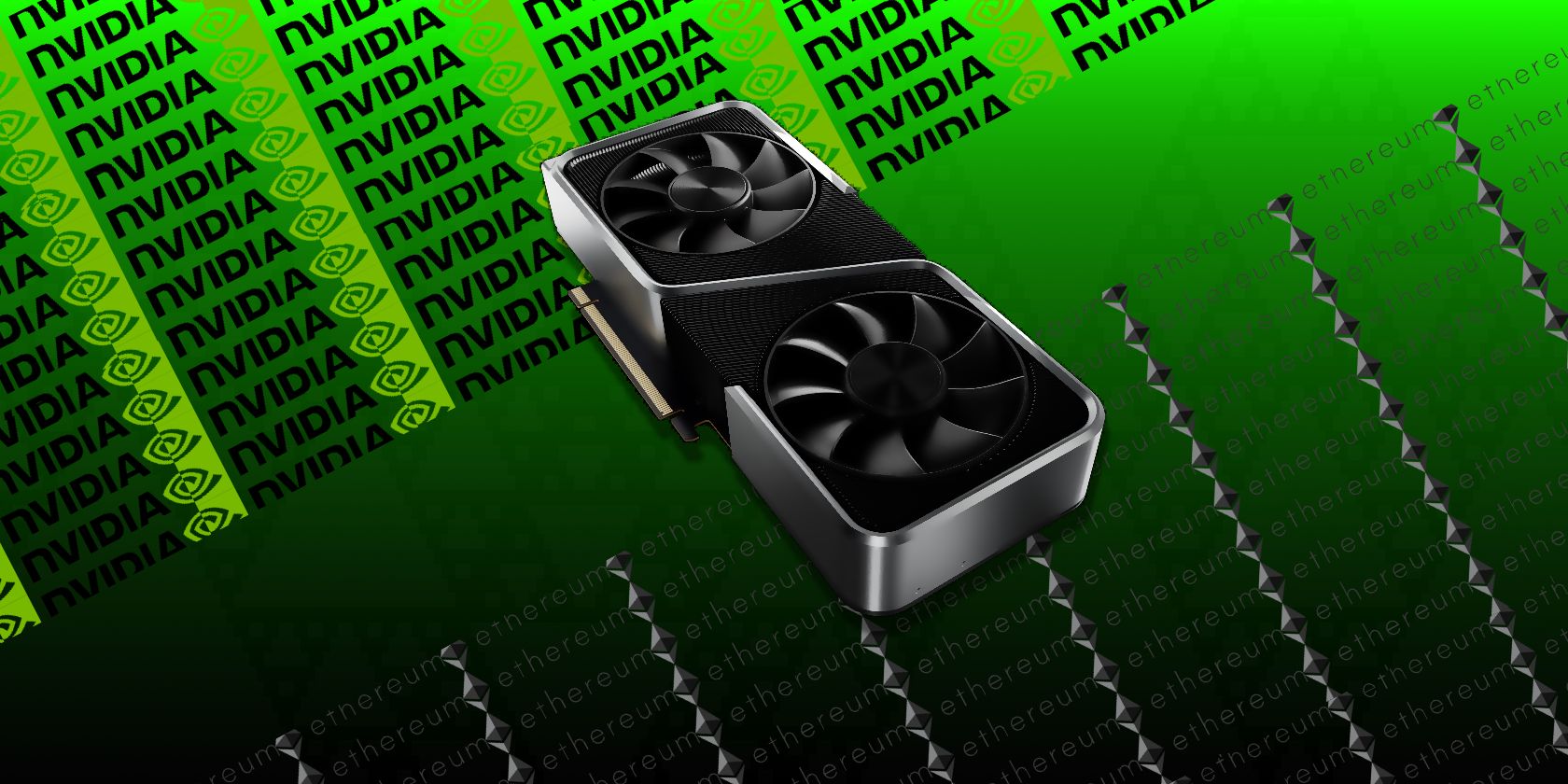

In some cases it is desirable for the process to only allocate a subset of the available memory, or to only grow the memory usage as is needed by the process. # Visible devices must be set before GPUs have been initialized Print(len(gpus), "Physical GPUs,", len(logical_gpus), "Logical GPU") Logical_gpus = tf.config.list_logical_devices('GPU') # Restrict TensorFlow to only use the first GPU gpus = tf.config.list_physical_devices('GPU') To limit TensorFlow to a specific set of GPUs, use the tf.t_visible_devices method. This is done to more efficiently use the relatively precious GPU memory resources on the devices by reducing memory fragmentation. Limiting GPU memory growthīy default, TensorFlow maps nearly all of the GPU memory of all GPUs (subject toĬUDA_VISIBLE_DEVICES) visible to the process. Not explicitly specified for the MatMul operation, the TensorFlow runtime willĬhoose one based on the operation and available devices ( GPU:0 in thisĮxample) and automatically copy tensors between devices if required. You will see that now a and b are assigned to CPU:0. To create a device context, and all the operations within that context will Instead of what's automatically selected for you, you can use with tf.device If you would like a particular operation to run on a device of your choice
#Macminer disable gpu code
The above code will print an indication the MatMul op was executed on GPU:0. tf.t_log_device_placement(True)Ī = tf.constant(, ])ī = tf.constant(,, ])Įxecuting op _EagerConst in device /job:localhost/replica:0/task:0/device:GPU:0Įxecuting op MatMul in device /job:localhost/replica:0/task:0/device:GPU:0 Enabling device placement logging causes any Tensor allocations or operations to be printed. Tf.t_log_device_placement(True) as the first statement of your To find out which devices your operations and tensors are assigned to, put For example, since tf.cast only has a CPU kernel, on a system with devices CPU:0 and GPU:0, the CPU:0 device is selected to run tf.cast, even if requested to run on the GPU:0 device. If a TensorFlow operation has no corresponding GPU implementation, then the operation falls back to the CPU device.

For example, tf.matmul has both CPU and GPU kernels and on a system with devices CPU:0 and GPU:0, the GPU:0 device is selected to run tf.matmul unless you explicitly request to run it on another device. If a TensorFlow operation has both CPU and GPU implementations, by default, the GPU device is prioritized when the operation is assigned. "/job:localhost/replica:0/task:0/device:GPU:1": Fully qualified name of the second GPU of your machine that is visible to TensorFlow."/GPU:0": Short-hand notation for the first GPU of your machine that is visible to TensorFlow."/device:CPU:0": The CPU of your machine.

They are represented with string identifiers for example: TensorFlow supports running computations on a variety of types of devices, including CPU and GPU.

Print("Num GPUs Available: ", len(tf.config.list_physical_devices('GPU'))) SetupĮnsure you have the latest TensorFlow gpu release installed.
#Macminer disable gpu how to
To learn how to debug performance issues for single and multi-GPU scenarios, see the Optimize TensorFlow GPU Performance guide. This guide is for users who have tried these approaches and found that they need fine-grained control of how TensorFlow uses the GPU. The simplest way to run on multiple GPUs, on one or many machines, is using Distribution Strategies. Note: Use tf.config.list_physical_devices('GPU') to confirm that TensorFlow is using the GPU. TensorFlow code, and tf.keras models will transparently run on a single GPU with no code changes required.


 0 kommentar(er)
0 kommentar(er)
